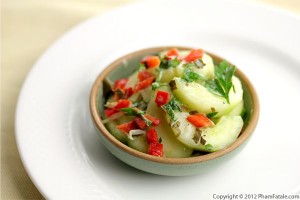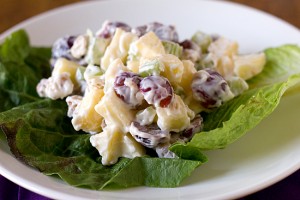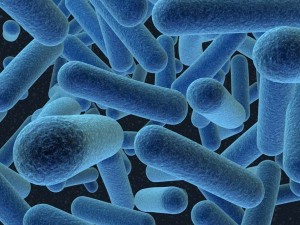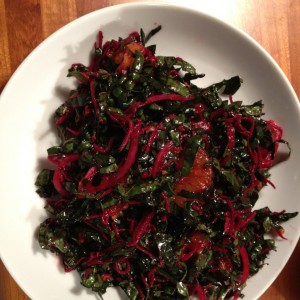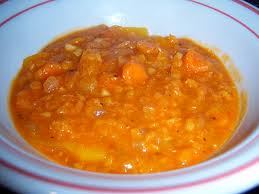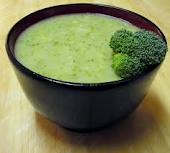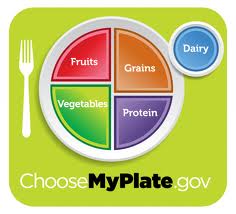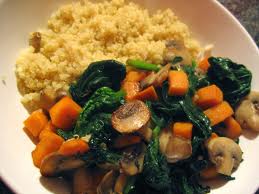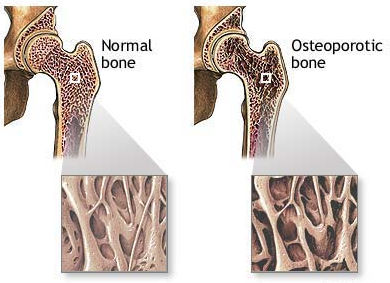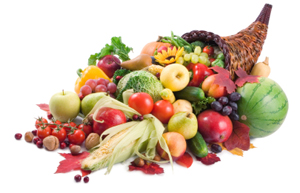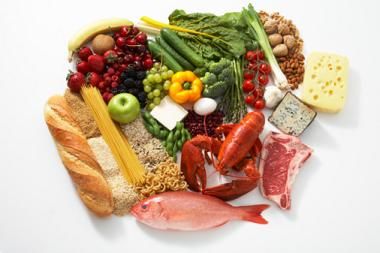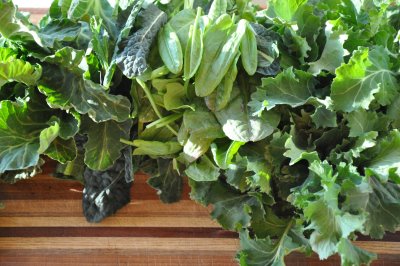Summer Salad with cucumbers, sweet onion and tomatoes
Ingredients
- 3 tablespoons rice or apple cider vinegar
- 1 tablespoon olive oil
- 1 teaspoon honey
- 1/2 cup plain Greek yogurt
- 1/2 teaspoon sea salt
- 1/2 teaspoon freshly ground pepper, or more to taste
- 2 medium cucumbers
- 4 medium tomatoes, cut into 1/2-inch wedges
- 1 Vidalia or other sweet onion, halved and very thinly sliced
- 2 tablespoons coarsely chopped fresh herbs, such as flat-leaf parsley, chives and/or tarragon
Preparation
- Whisk vinegar, oil, honey, salt and pepper in a large shallow bowl.
- Remove alternating stripes of peel from the cucumbers. Slice the cucumbers into thin rounds. Add the cucumber slices, tomatoes and onion to the dressing; gently toss to combine. Let stand at room temperature for at least 30 minutes and up to 1 hour.
- Just before serving, add herbs and toss again.
Nutrition
Per serving: 58 calories; 3 g fat ( 0 g sat , 2 g mono ); 0 mg cholesterol; 8 g carbohydrates; 1 g added sugars; 1 g protein; 2 g fiber; 202 mg sodium; 264 mg potassium
Waldorf Salad Recipe
Please use organic produce, celery, grapes and apples are some of the heaviest sprayed foods
Yield: 8 servings
Prep Time: 15 minutes
2 cups cubed apples (peeled and cored)
1 cup halved red grapes
½ cup chopped celery
¼ cup chopped walnuts
1 teaspoon lemon juice
2/3 cup organic mayonnaise (can be lo-cal)
Green leaf or Romaine Lettuce
In a large bowl, combine all ingredients except lettuce; mix lightly. Cover and refrigerate for at least 1 hour. To serve, place a large leaf of lettuce on a plate and spoon a generous serving onto the middle of the lettuce leaf.
